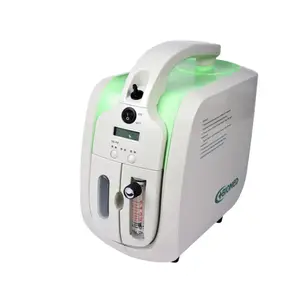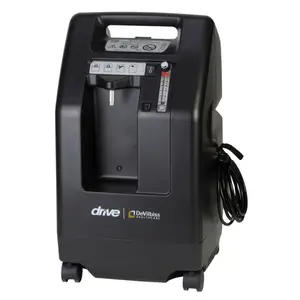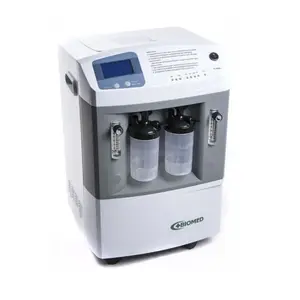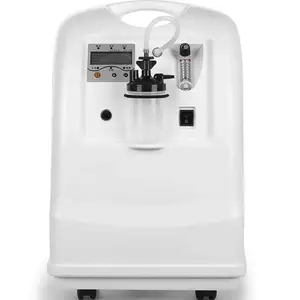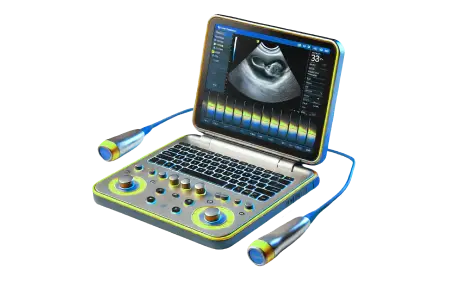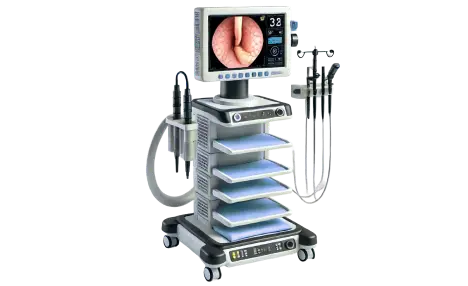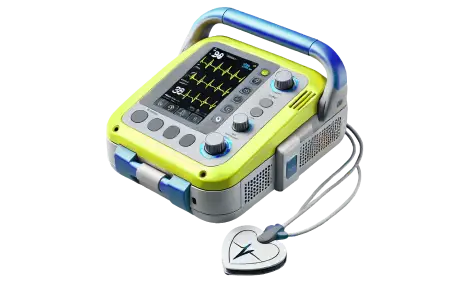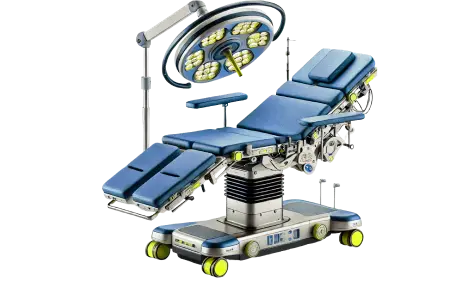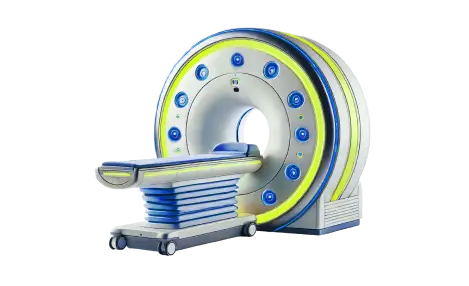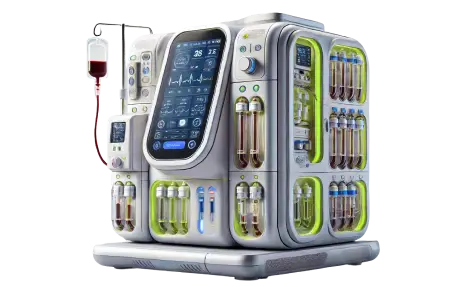Oxygen concentrators
34 productsOxygen concentrator: principle of operation and components
Types of oxygen concentrators
Portable concentrators are lightweight, battery-powered devices designed for active patients who need therapy while traveling or doing everyday activities outside the home.
Low-flow oxygen concentrators with a flow rate of up to 5 l/min are suitable for household use. Portable models on wheels meet most home therapy needs.
High flow medical oxygen concentrators (8-10+ l/min) meet the requirements of intensive care. They are necessary for patients with severe respiratory diseases, such as those recovering from acute respiratory distress syndrome or pneumonia.
Home concentrators are small in size, operate from a regular outlet, are quiet and easy to operate.
Models for medical, sanitary and resort facilities have advanced monitoring, alarm and increased durability.
Main characteristics and selection criteria
- Oxygen flow rate (l/min).
- Concentration level, usually in the range of 70-93%.
- The number of possible connections.
- Time of continuous operation.
- Noise level (30-60 dB).
Indications for the use of oxygen concentrators
Why buy an oxygen concentrator from MediGo?
We will help you improve your quality of life with a high-quality concentrator. We guarantee prompt delivery of the selected model within Ukraine.
FAQ
What diseases do I need an oxygen concentrator for?
Your doctor determines whether you need oxygen therapy. It is prescribed for conditions that cause low oxygen levels in the blood (hypoxemia). The most common indications include: chronic obstructive pulmonary disease, severe asthma, pulmonary fibrosis, pneumonia, complications of COVID-19, cystic fibrosis, congestive heart failure, and recovery from major surgery.
What is the difference between an oxygen concentrator and an oxygen cylinder?
Oxygen concentrators and cylinders have several important differences: - The concentrator extracts oxygen from the ambient air and is powered by electricity. - An oxygen cylinder has a limited volume and needs to be replaced or refilled periodically.
What level of oxygen concentration does an oxygen breathing device provide?
For most standard models, the oxygen concentration level can range from 70-93%. The higher the flow, the lower the concentration. In professional models, the error is ±3%, i.e. 90-93%. The concentration may vary depending on the model, flow rate settings, and proper maintenance of the device.

